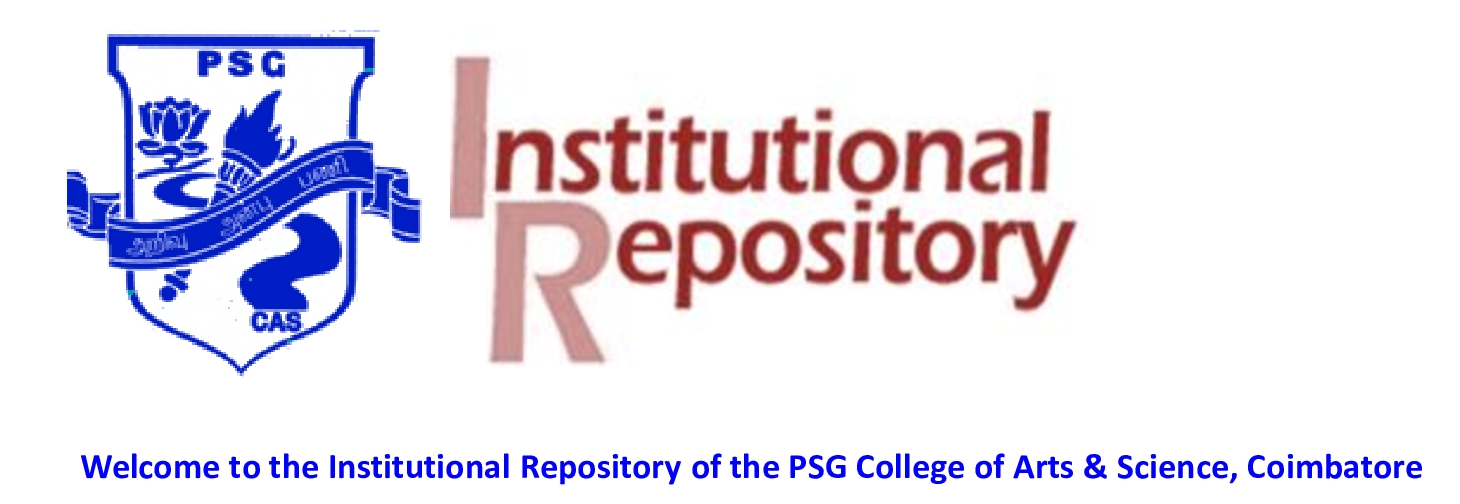Vinitha, Devaraju (2021) Tumorigenesis and diagnostic practice applied in two oncogenic viruses: Epstein Barr virus and T-cell lymphotropic virus-1—Mini review. Biomedicine & Pharmacotherapy, 142. ISSN 0753-3322
1-s2.0-S0753332221007563-main.pdf - Published Version
Download (3MB)
Abstract
To date, seven viruses have been reliably connected to various forms of human cancer: Epstein Barr Virus (EBV),
Kaposi’s sarcoma-associated herpesvirus (KSHV), high-risk Human papillomavirus (HPV), Merkel Cell Polyomavirus (MCPV), Hepatitis B virus (HBV), hepatitis C virus (HCV), and Human T-cell leukemia virus type 1 (HTLV1). This mini-review summarizes two of these viruses, EPV and HTLV-1, in terms of their general pathway of infection, the key mechanism of cancer induction, and the prominent technologies used to detect the infections. EBV is the first discovered human oncovirus and HTLV – I is the first human retrovirus and both were discovered from patient with distinct lymphoma clinical condition. Both the viruses can immortalize lymphocytes invitro and lymphomas are common manifestation of majority oncogenic viruses. Lymphomagenesis are
discovered in associated with EBV, HTLV-I, Human Immunodeficiency virus (HIV), Kaposi sarcoma – associated
herpes virus and hepatitis c virus. Later the undefined mechanism behind the induction of cancer by these viruses
was unveiled gradually along with the responsible cofactors and mimicry mechanism. These two viruses contrast
in their genetic structure, location of the infection, and latency, yet clinically, they generate similar cancer
disorders. The major focus of this study is to brief the mechanism of these two unrelated viral cancer promoting
agents on how they simulate a condition similar to lymphoma which may or may not undergo mimicry and cofactor utilization process, handpicked and vital genes behind the transformation mechanism are given accordingly.
| Item Type: | Article |
|---|---|
| Uncontrolled Keywords: | EBV HTLV1 General pathway Infection Mechanism Diagnosis |
| Divisions: | PSG College of Arts and Science > Department of Microbiology |
| Depositing User: | Dr. B Sivakumar |
| Date Deposited: | 11 Jun 2022 08:40 |
| Last Modified: | 11 Jun 2022 08:40 |
| URI: | https://ir.psgcas.ac.in/id/eprint/1217 |

